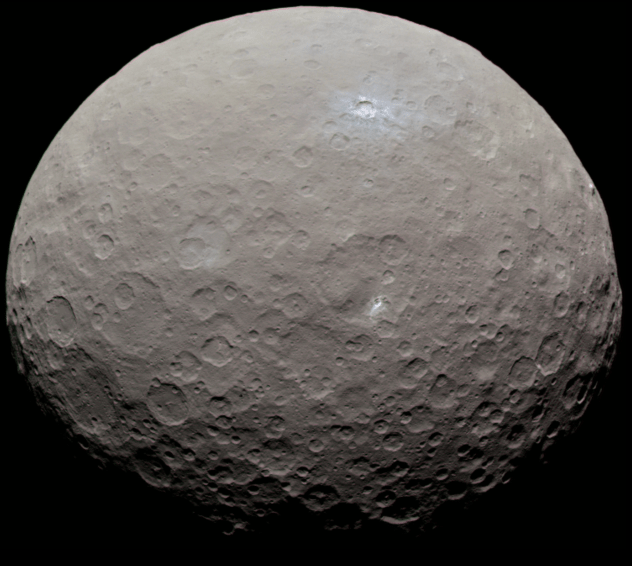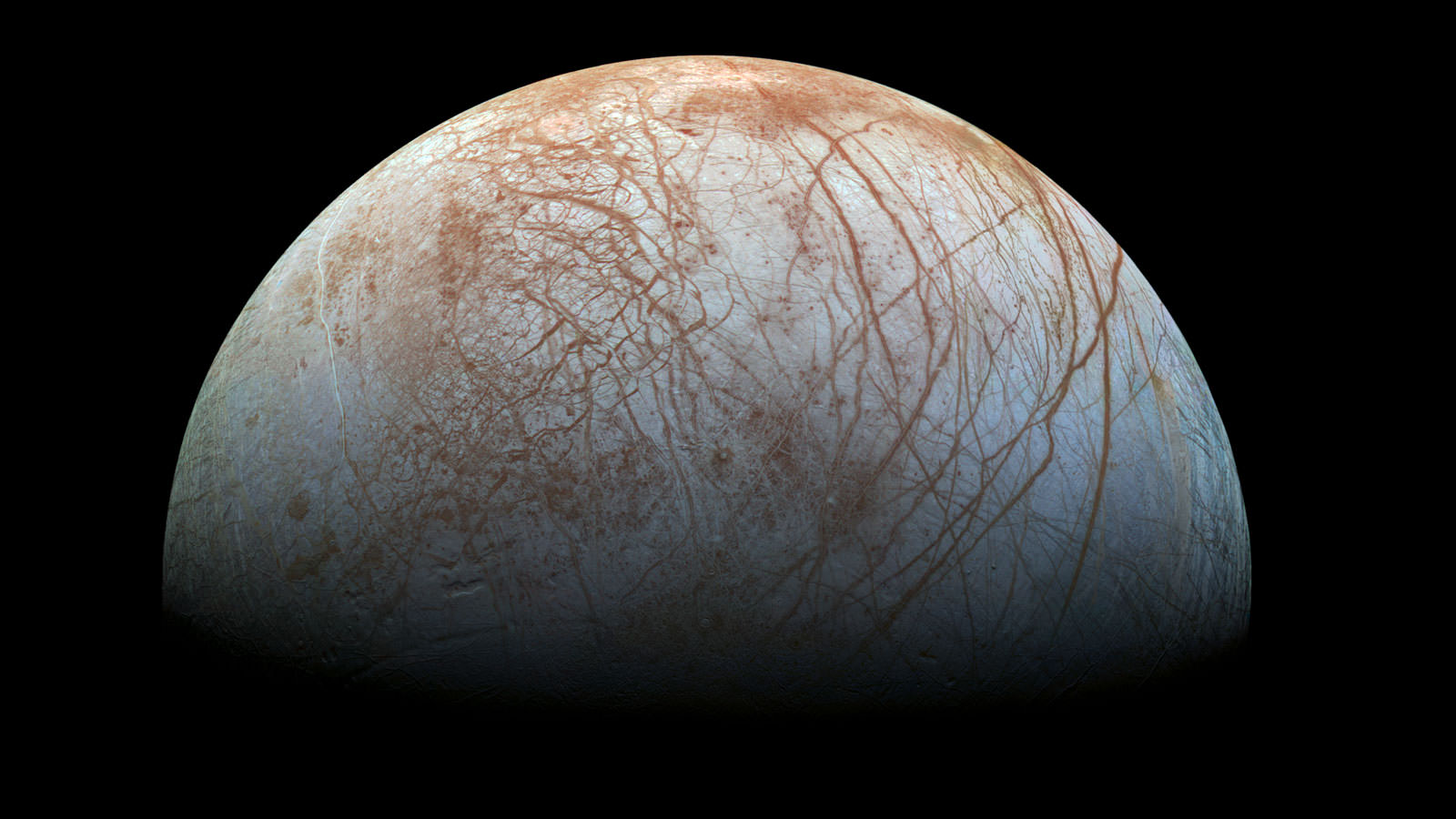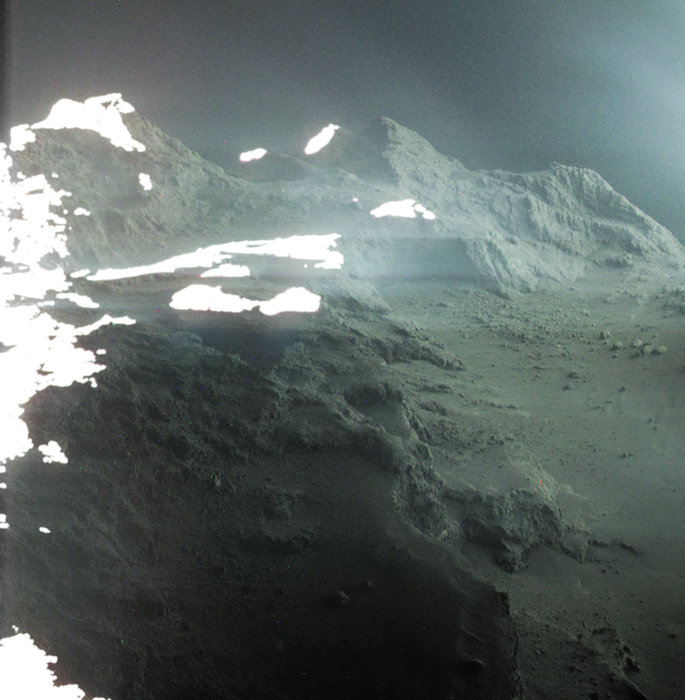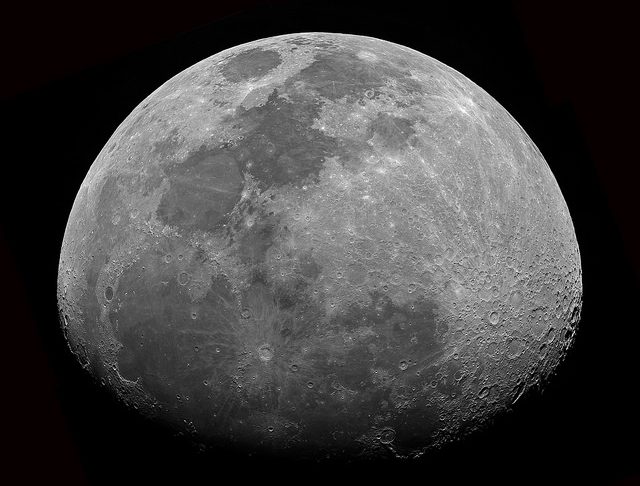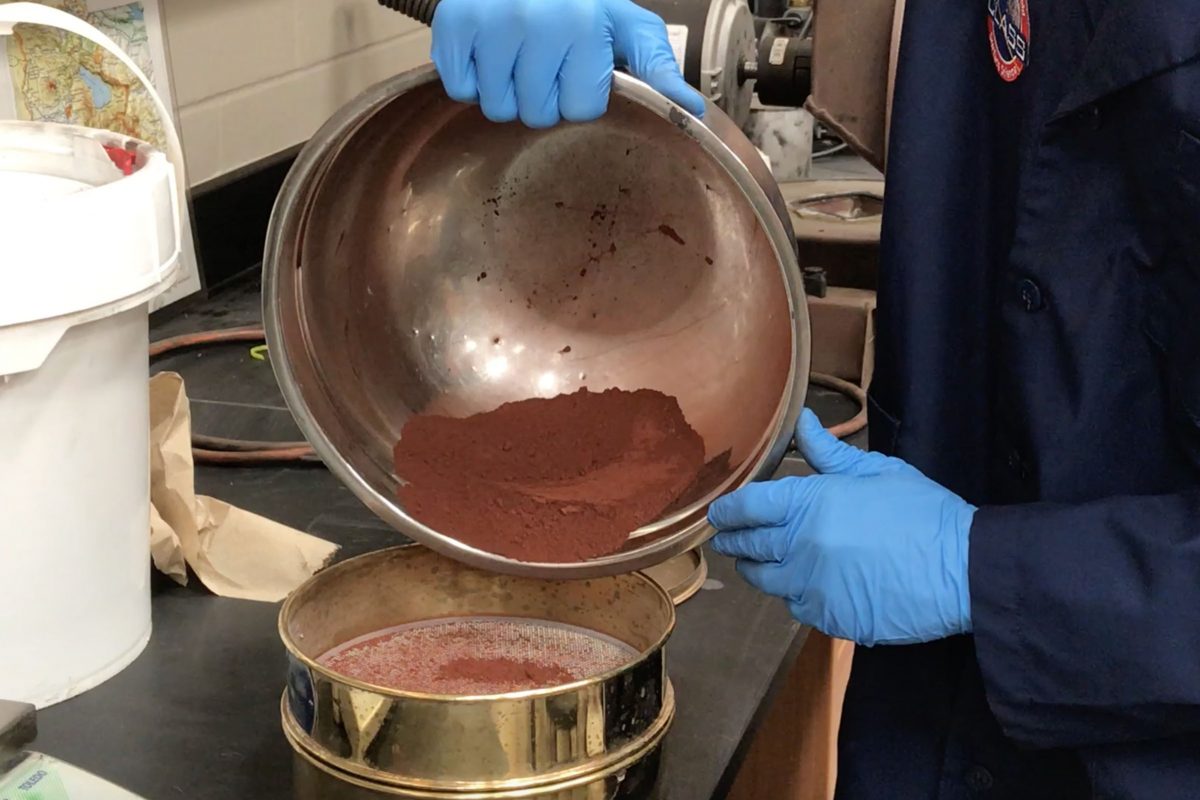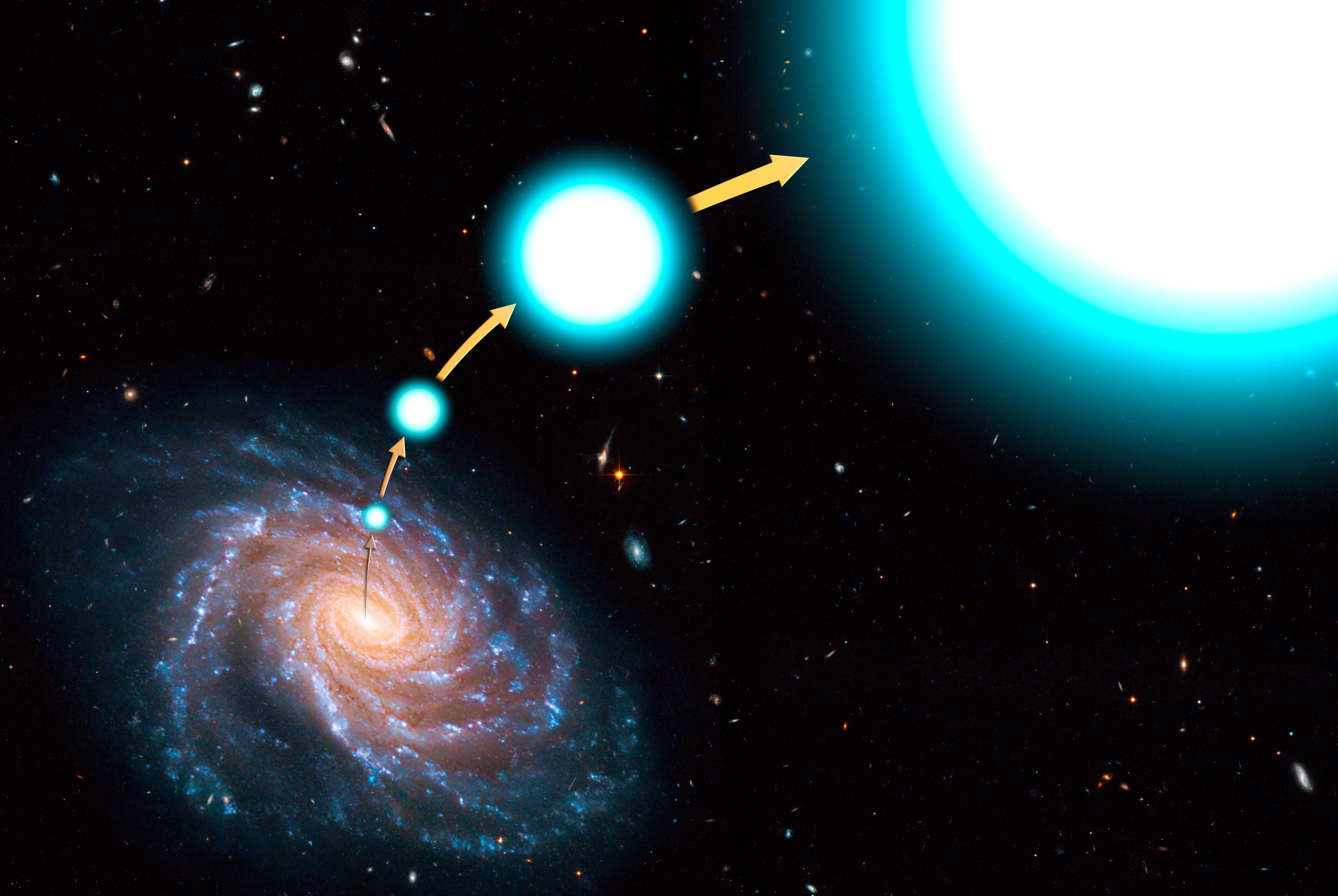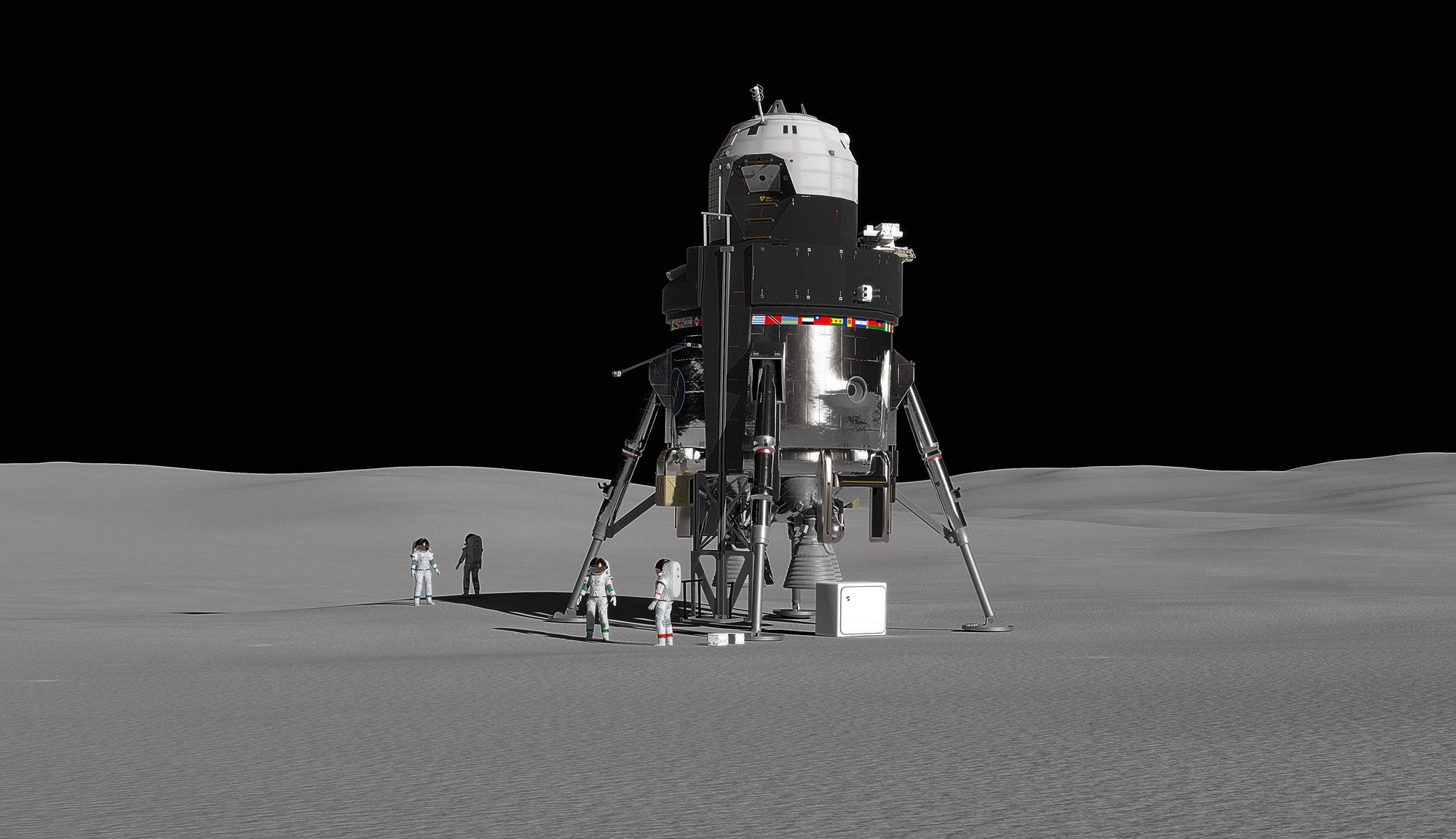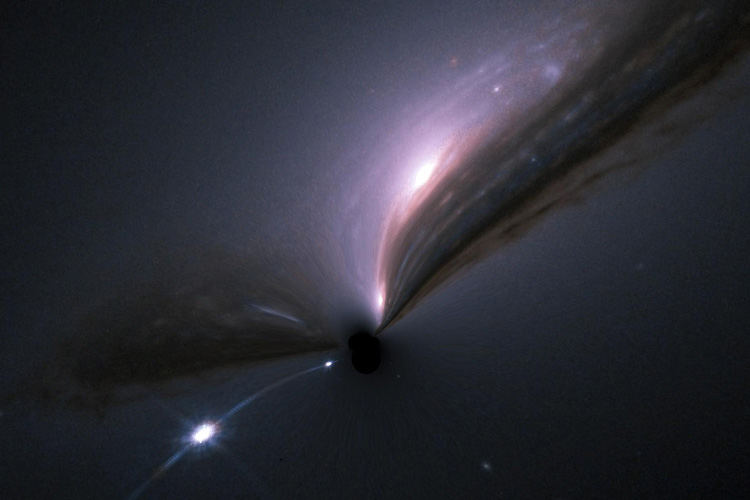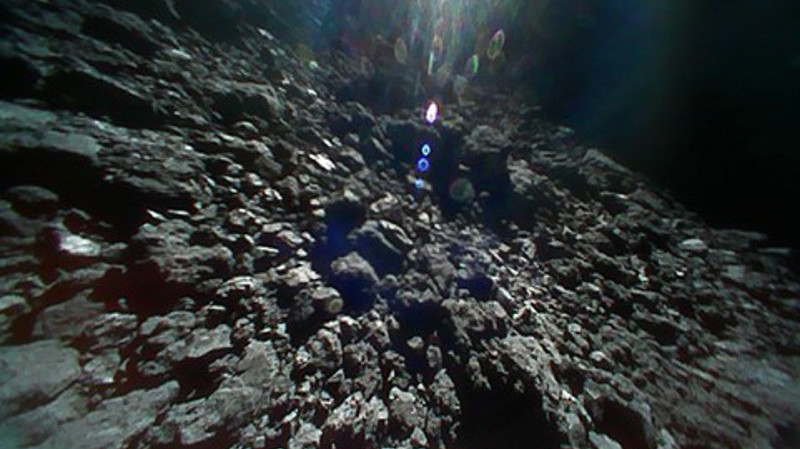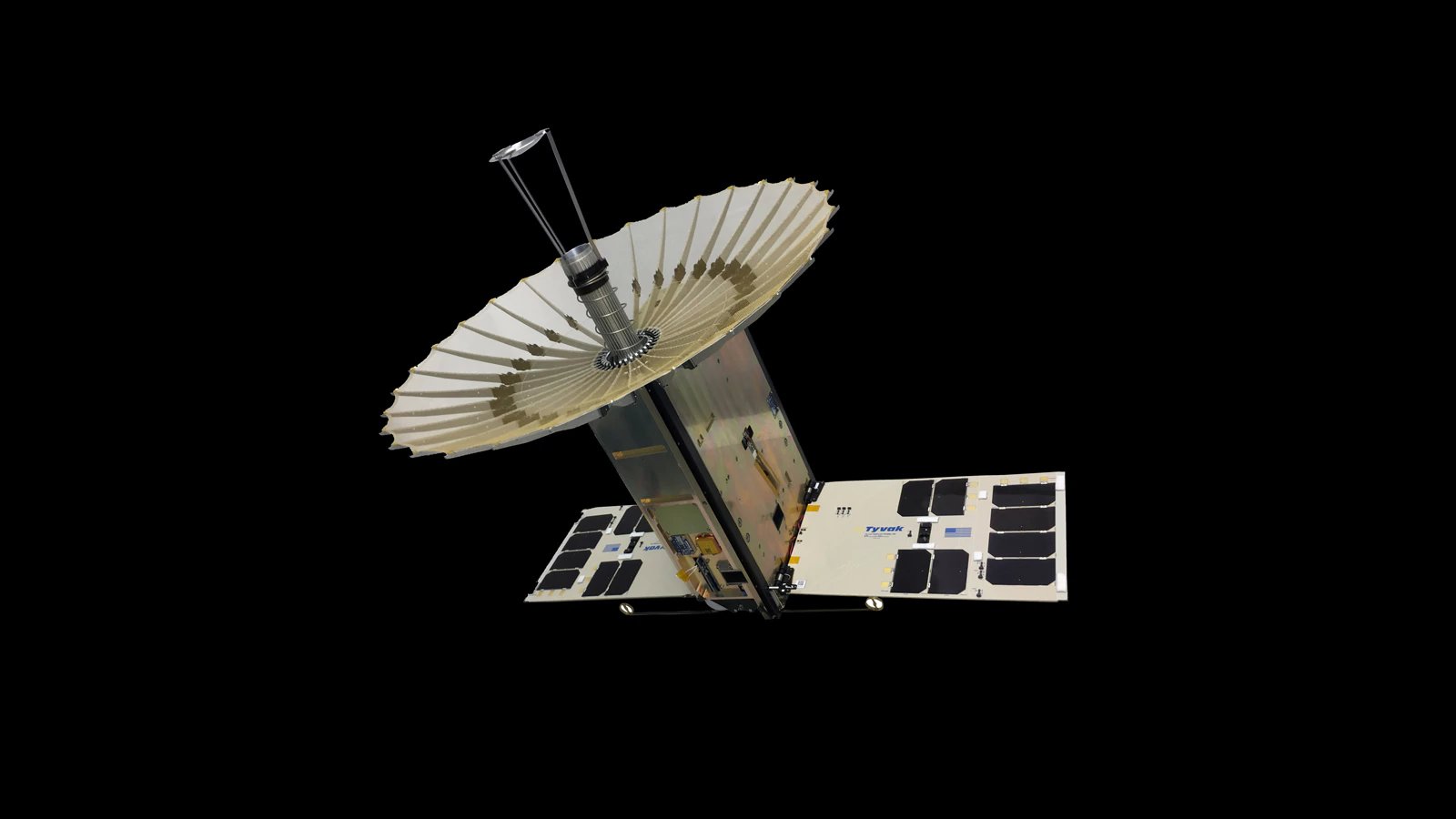In 2007, the Dawn mission launched from Earth and began making its way towards two historic rendezvous in the Main Asteroid Belt. The purpose of this mission was to learn more about the history of the early Solar System by studying the two largest protoplanets in the Main Belt – Ceres and Vesta – which have remained intact since their formation.
In 2015, the Dawn mission arrived in orbit around Ceres and began sending back data that has shed light on the protoplanet’s surface, composition and interior structure. Based on mission data, Pasquale Tricarico – the senior scientist at the Planetary Science Institute (PSI) – has also determined that the Ceres also experienced an indirect polar reorientation in the past, where its pole rolled approximately 36° off-axis.
Continue reading “Ceres Rolled Over at Some Point in the Past”

